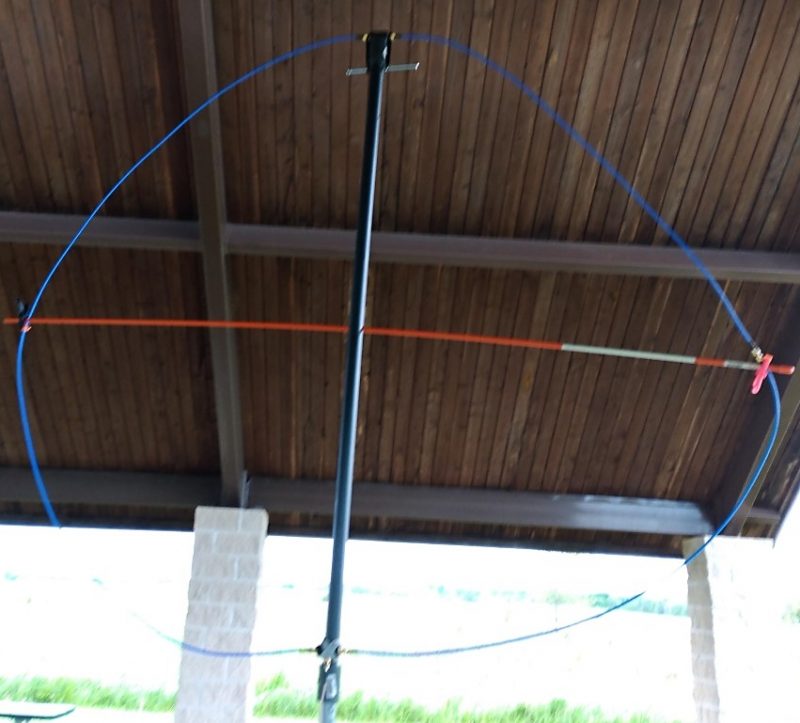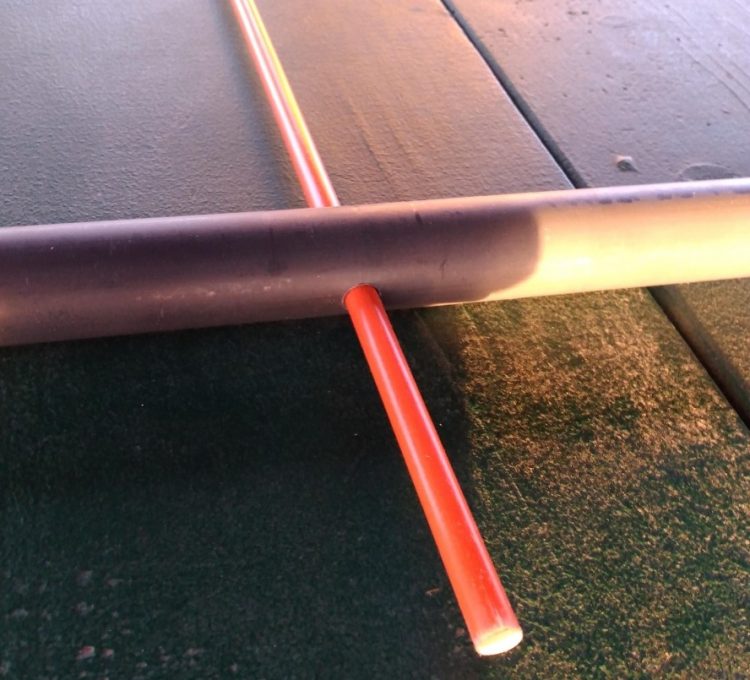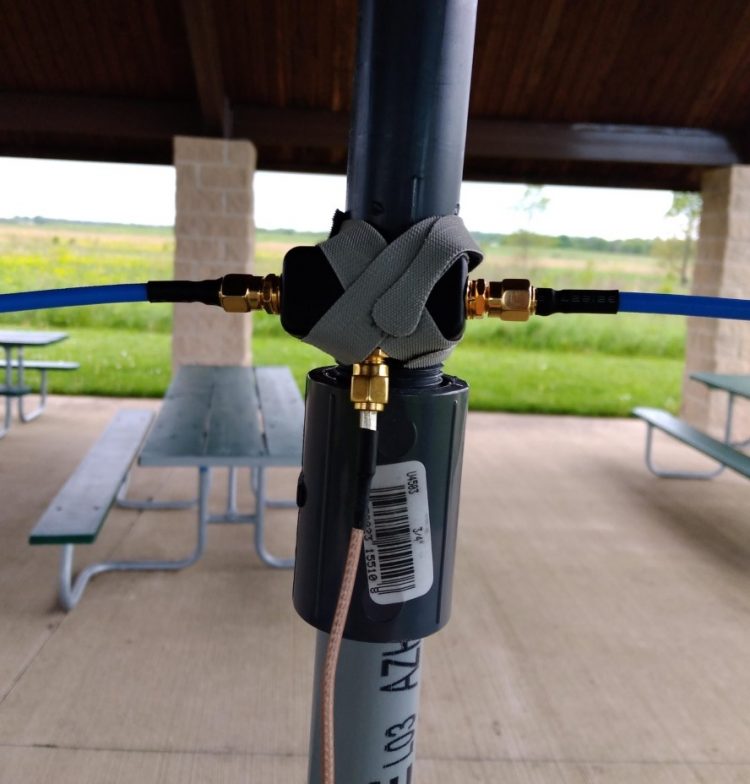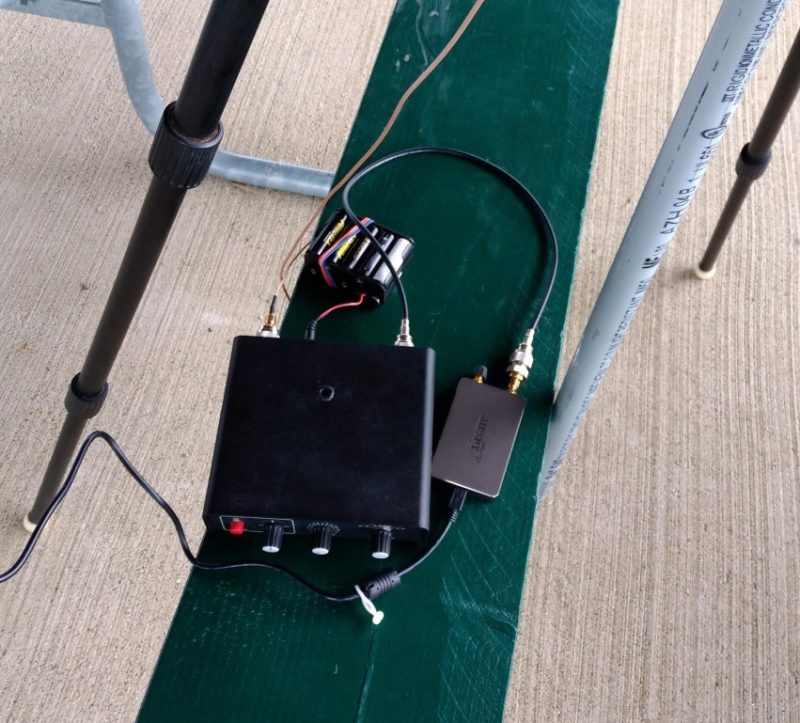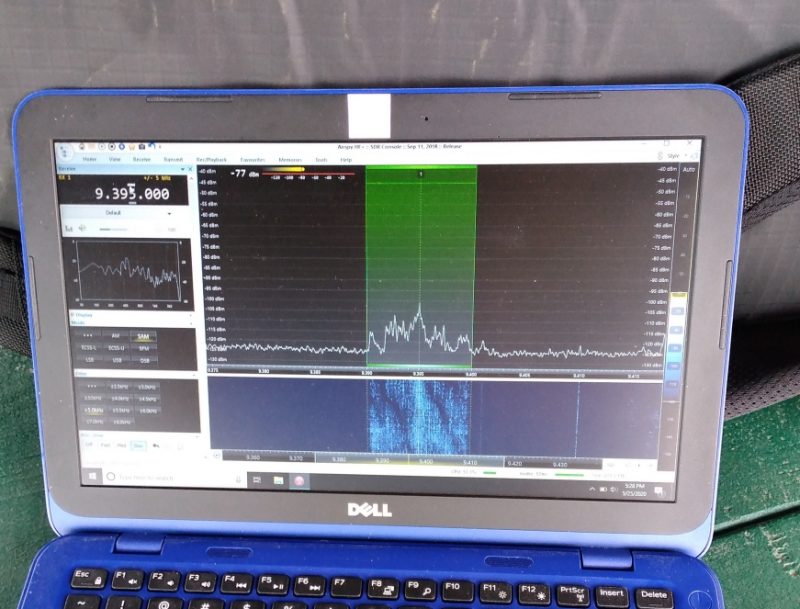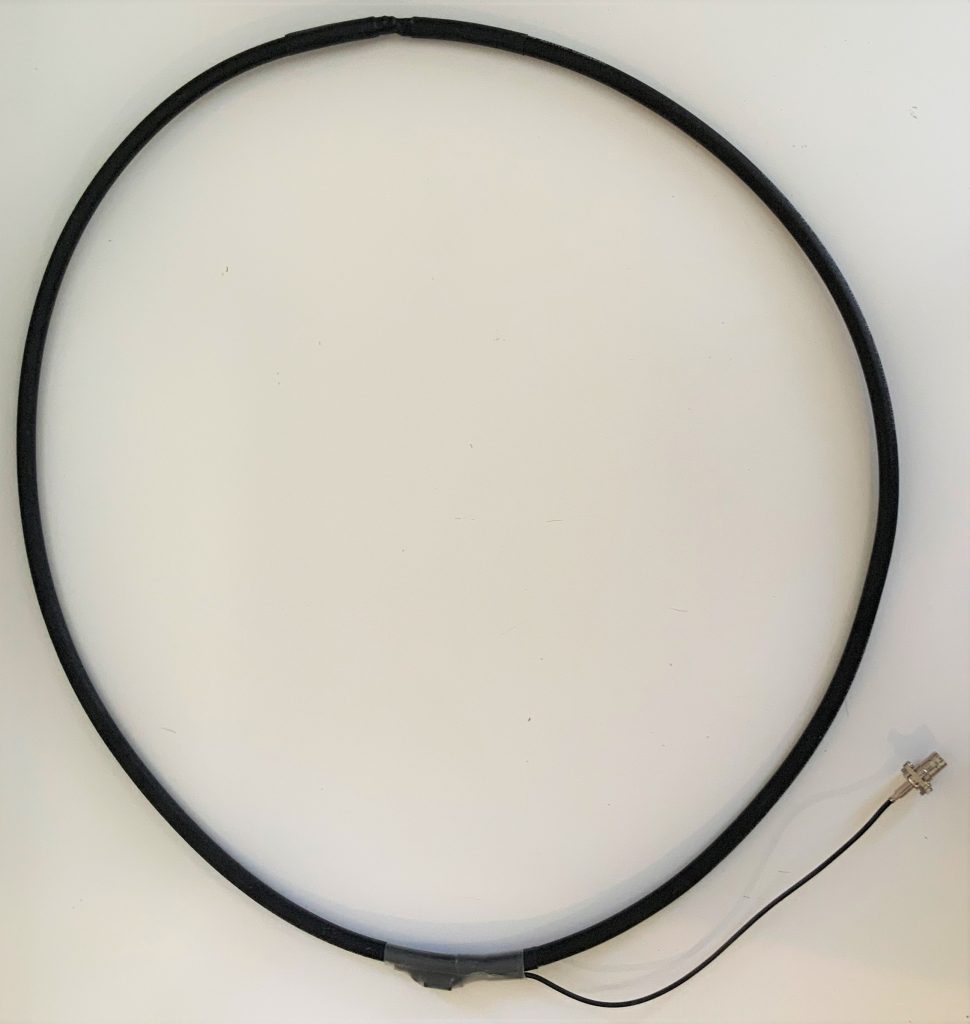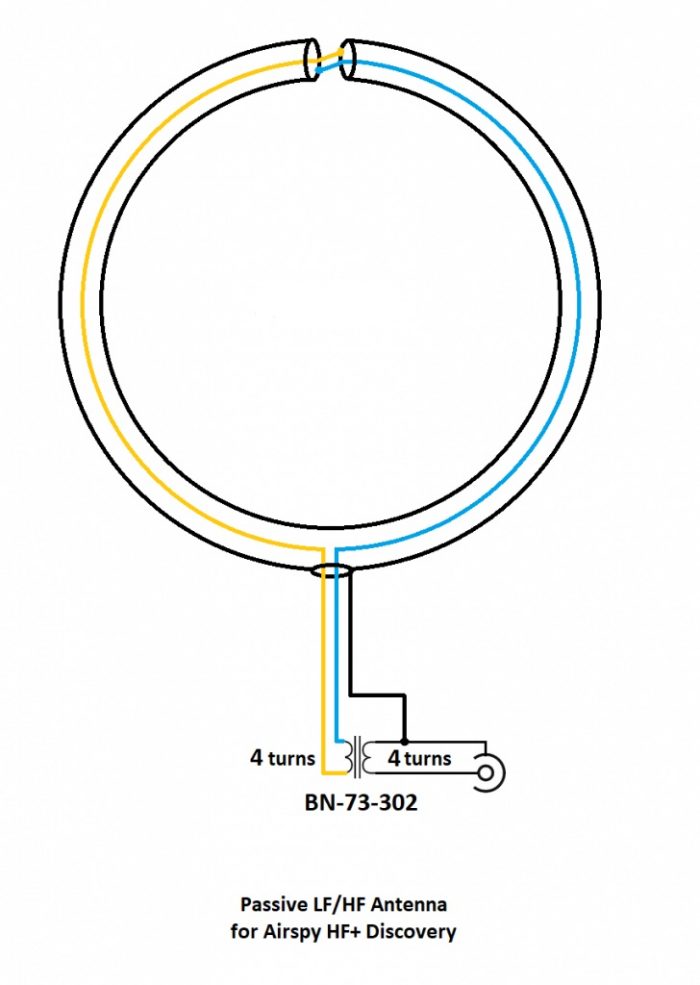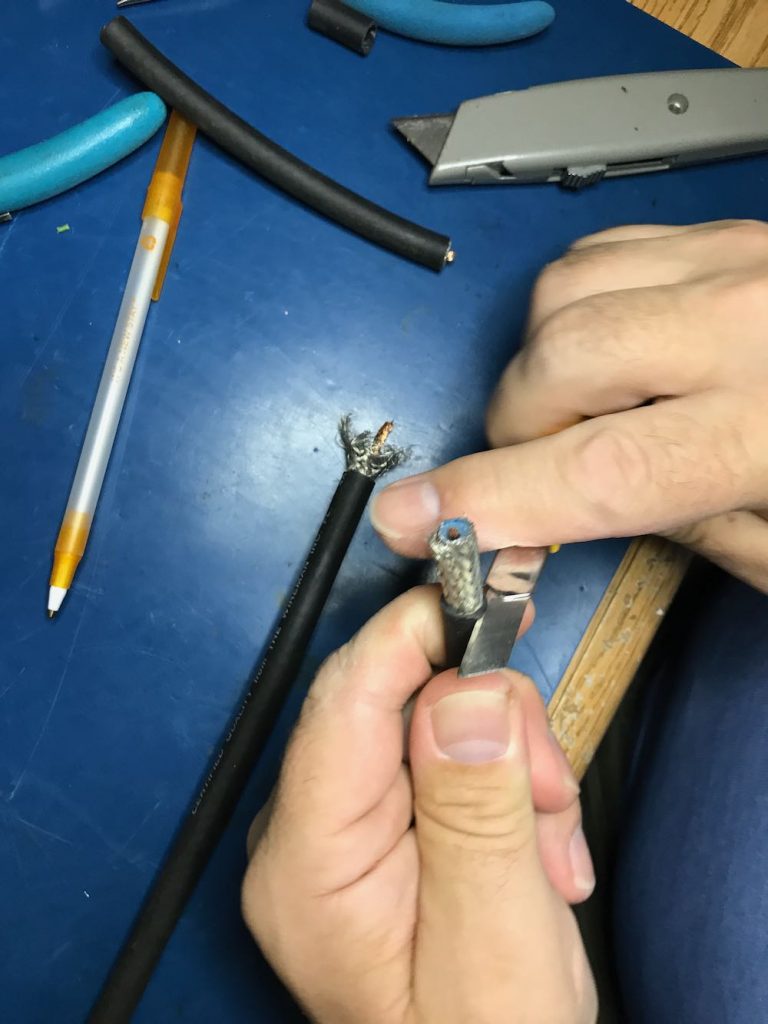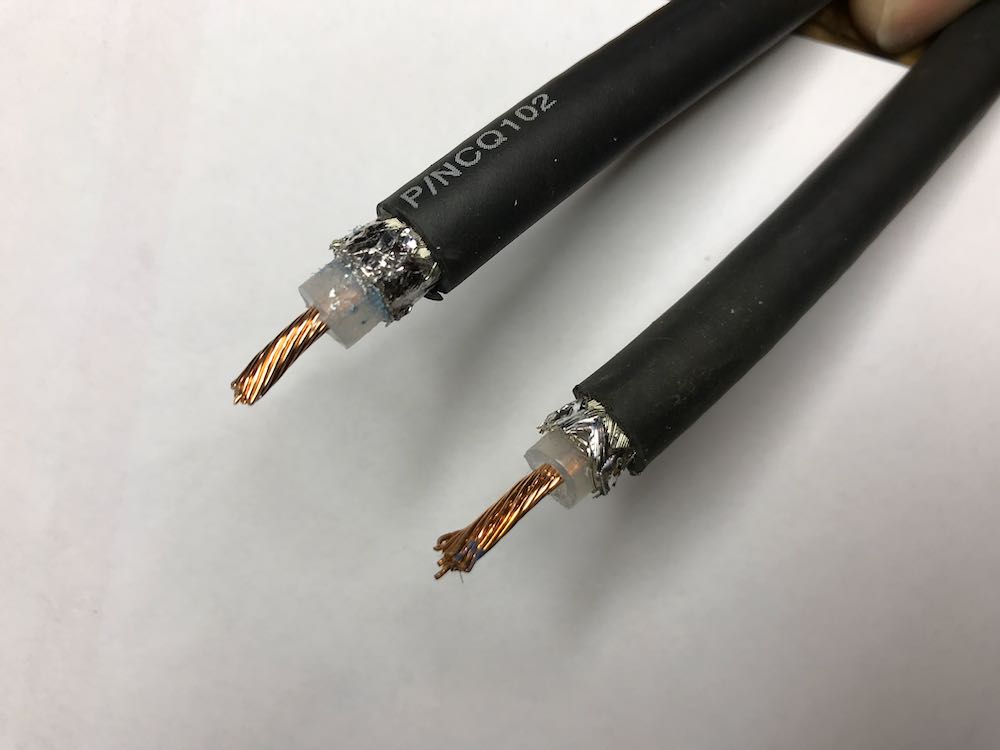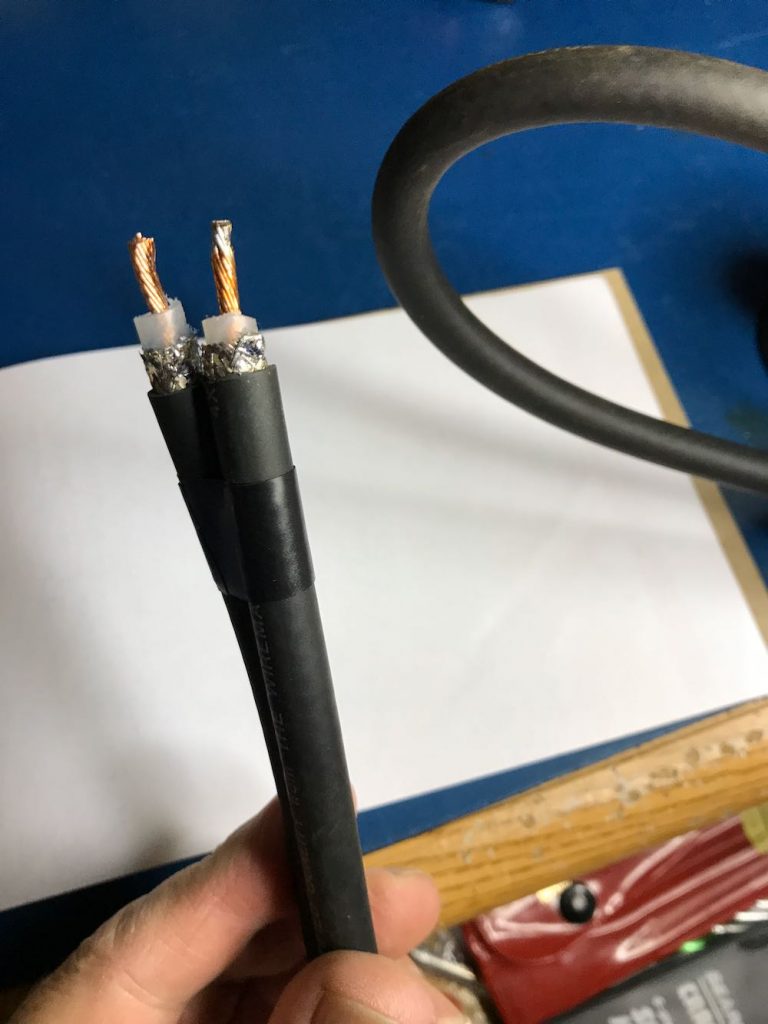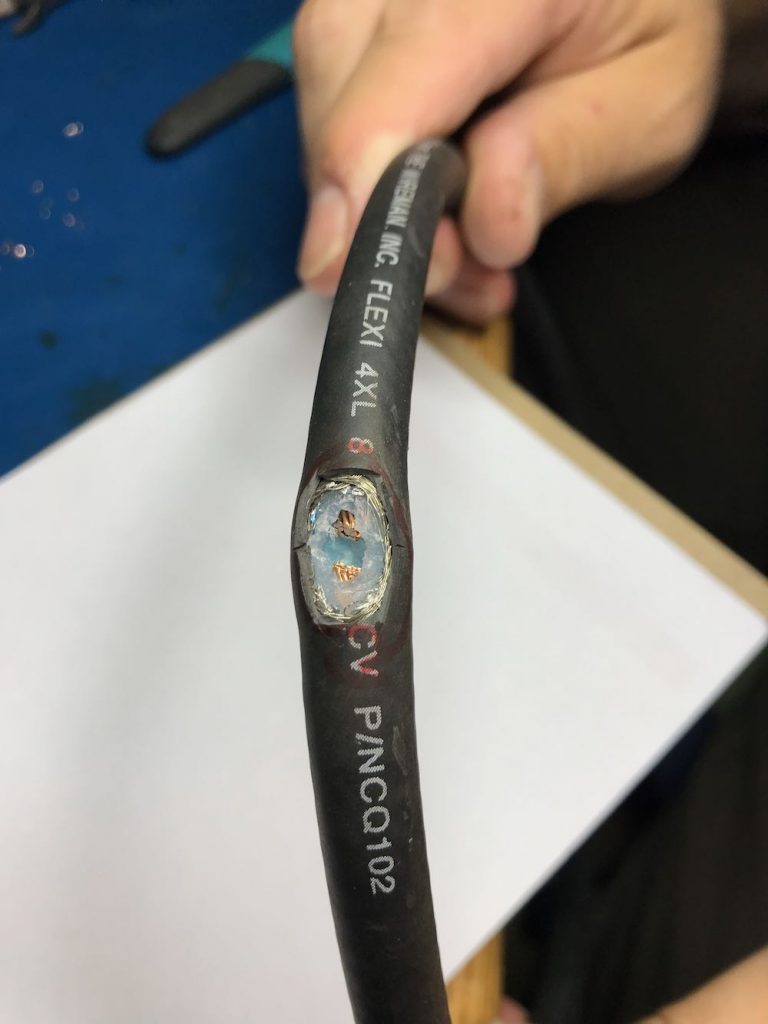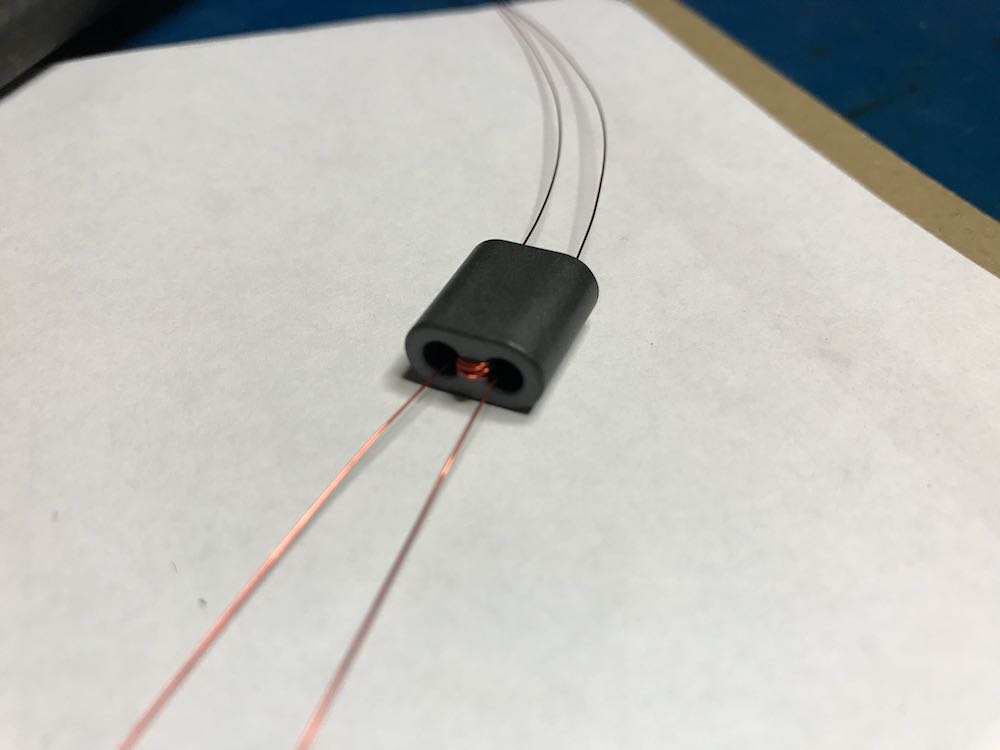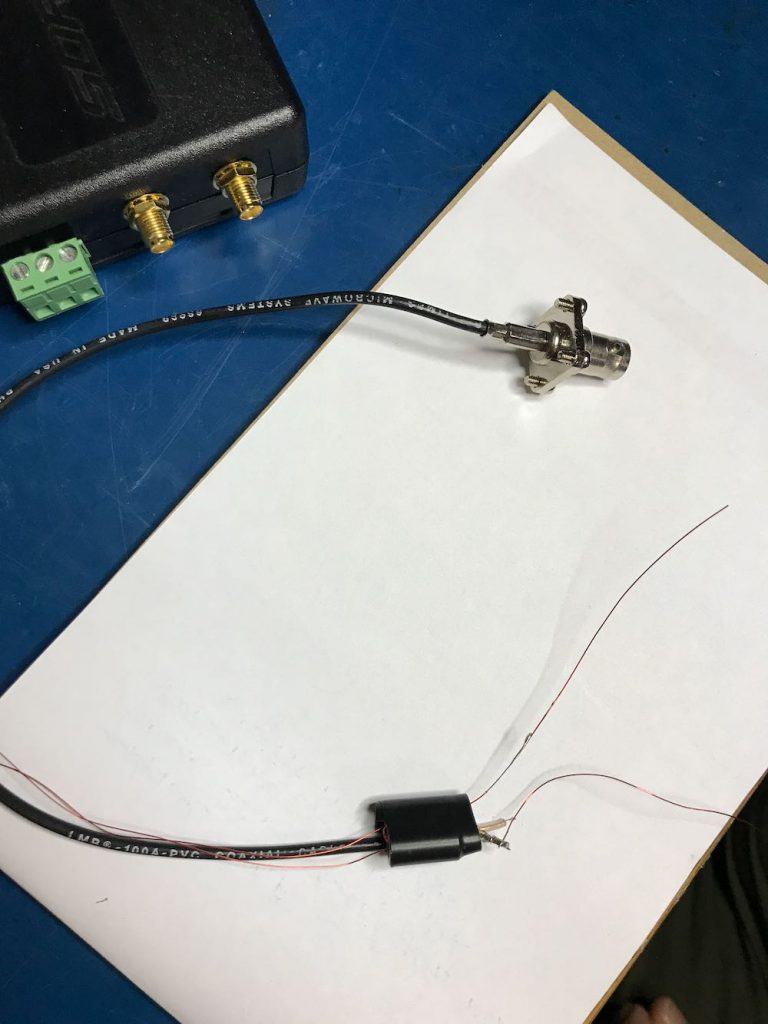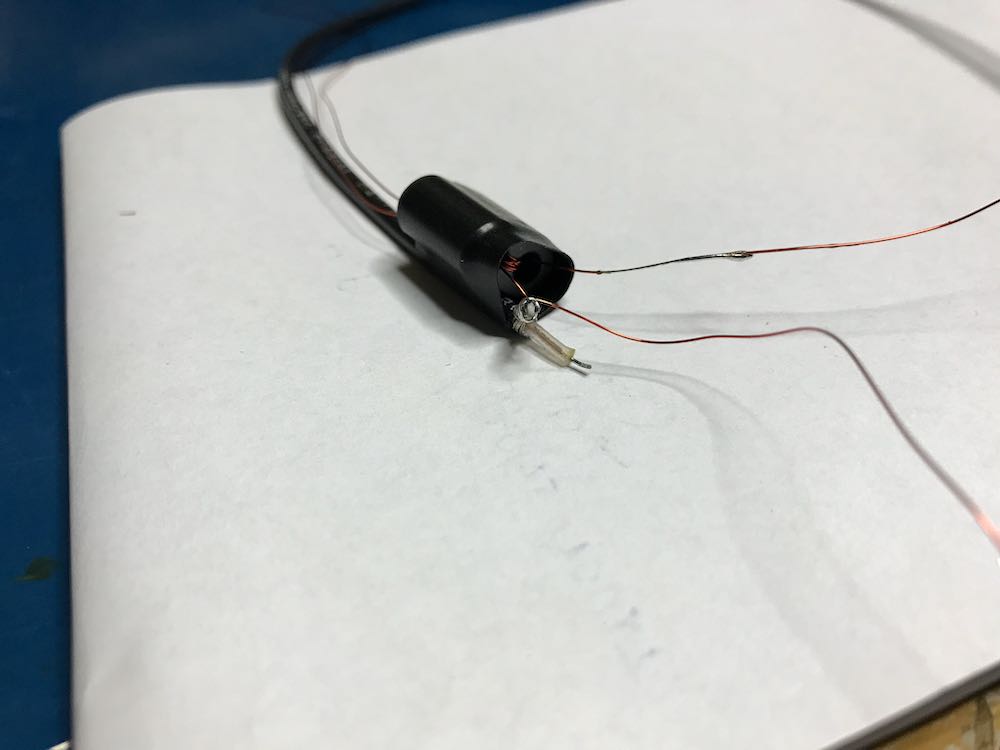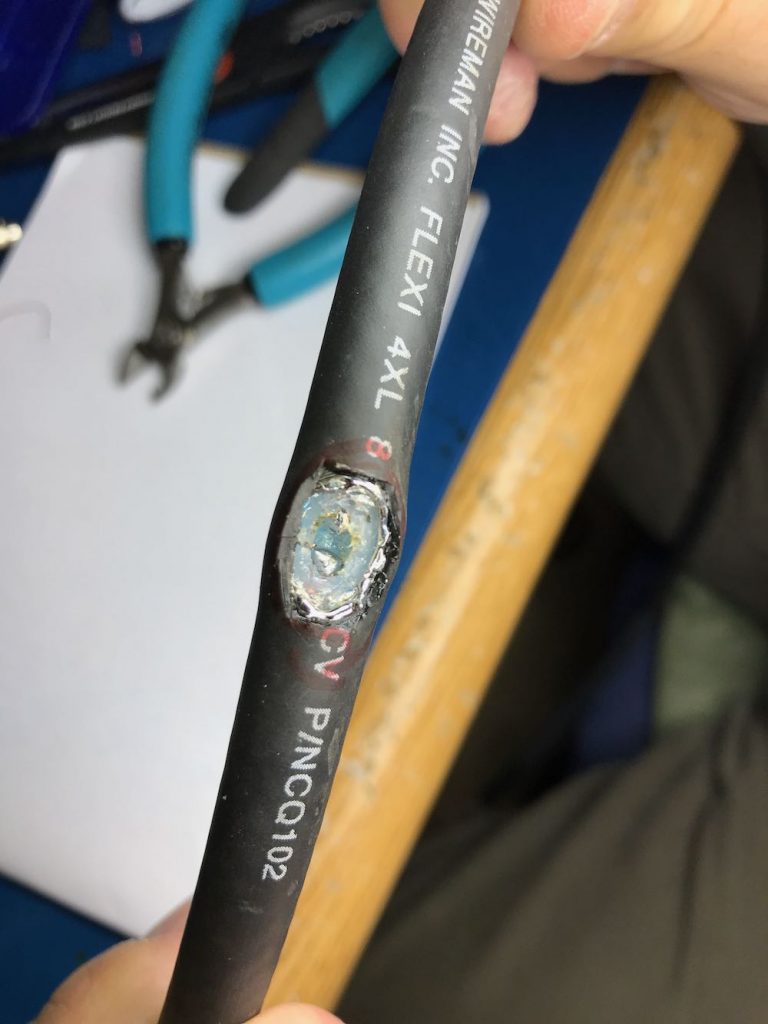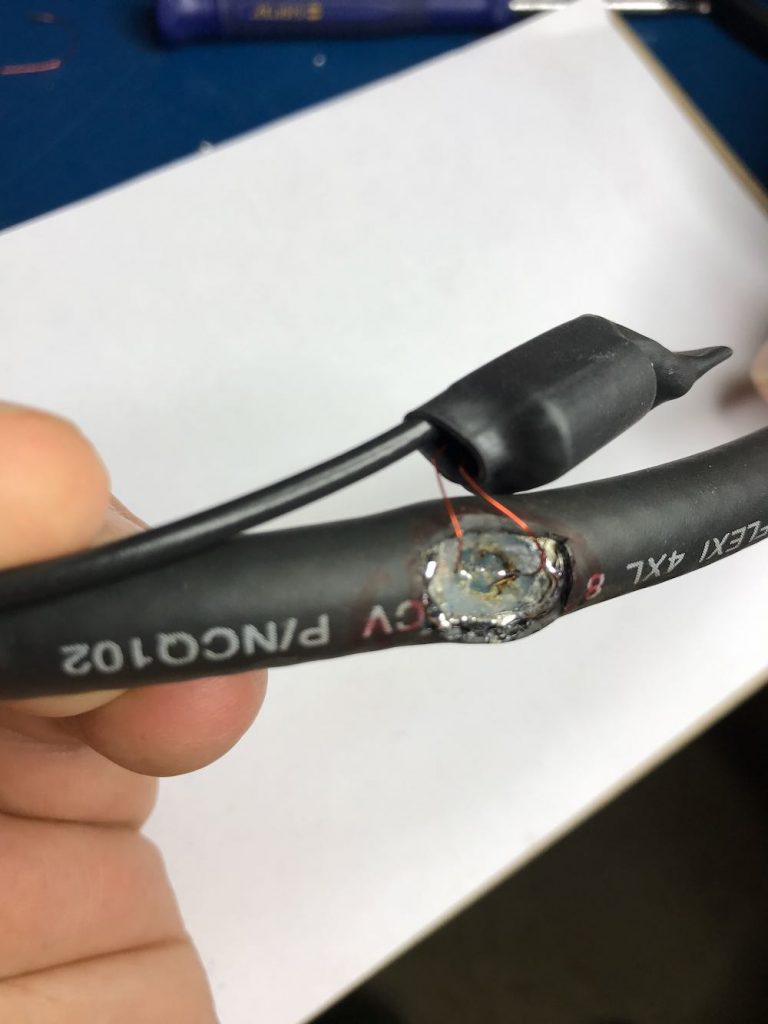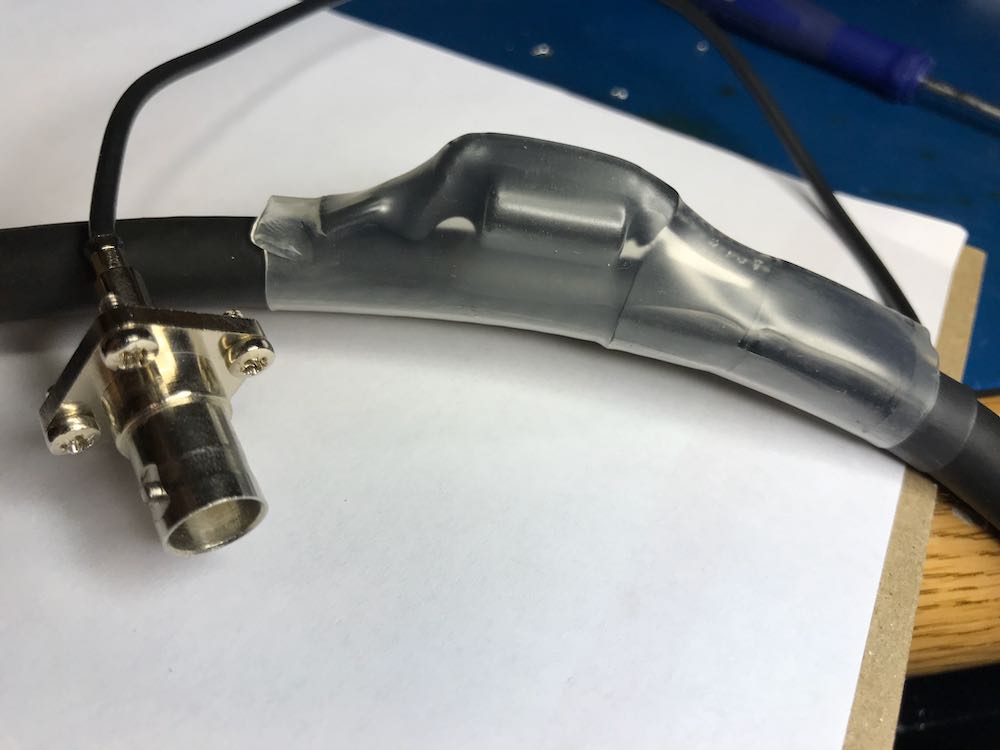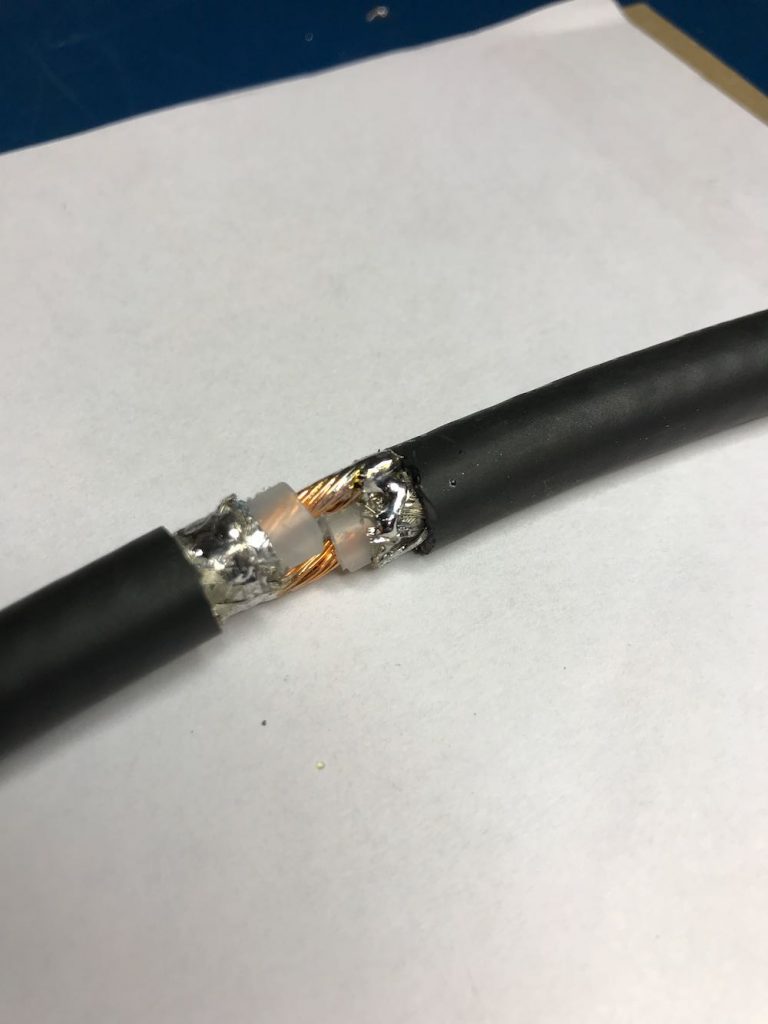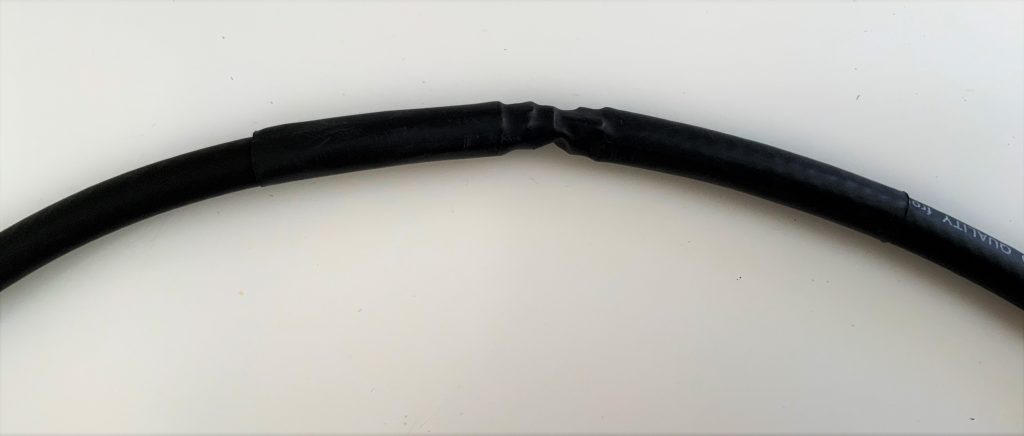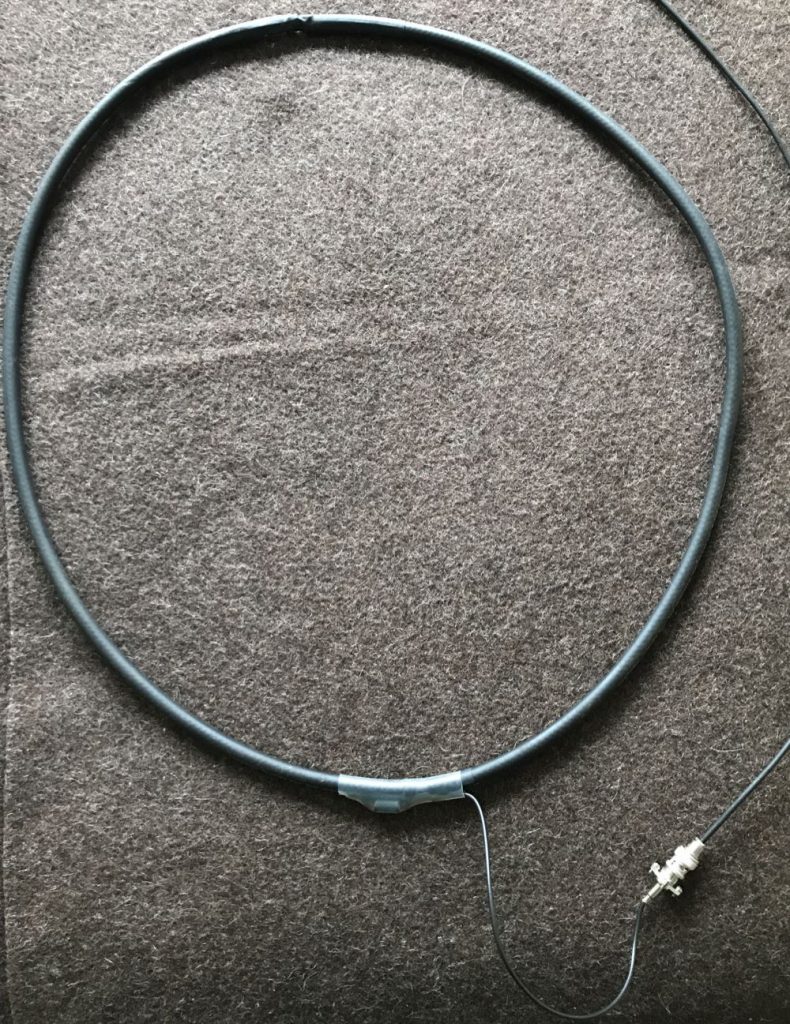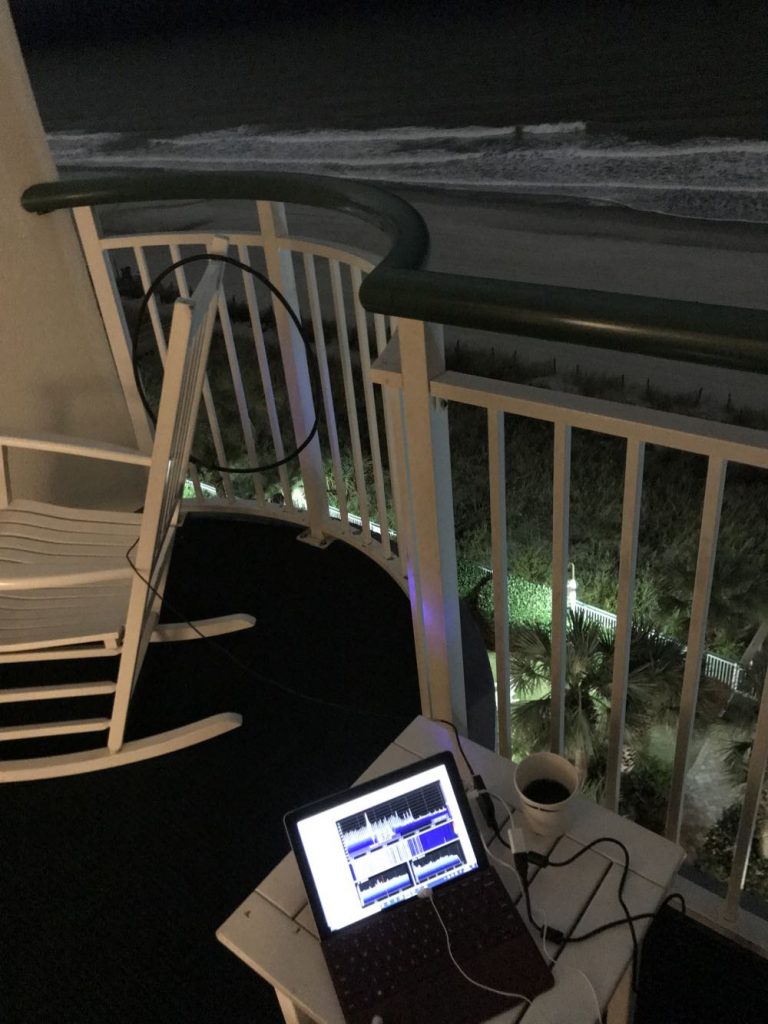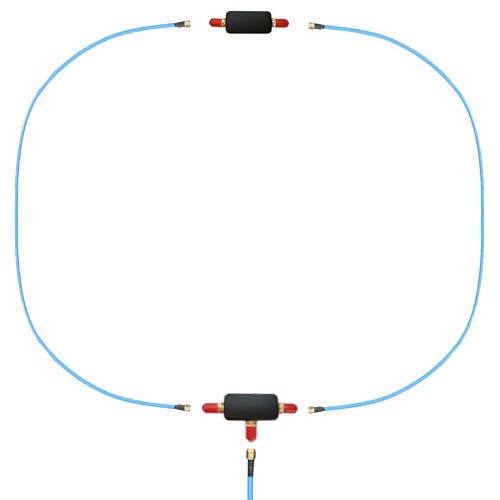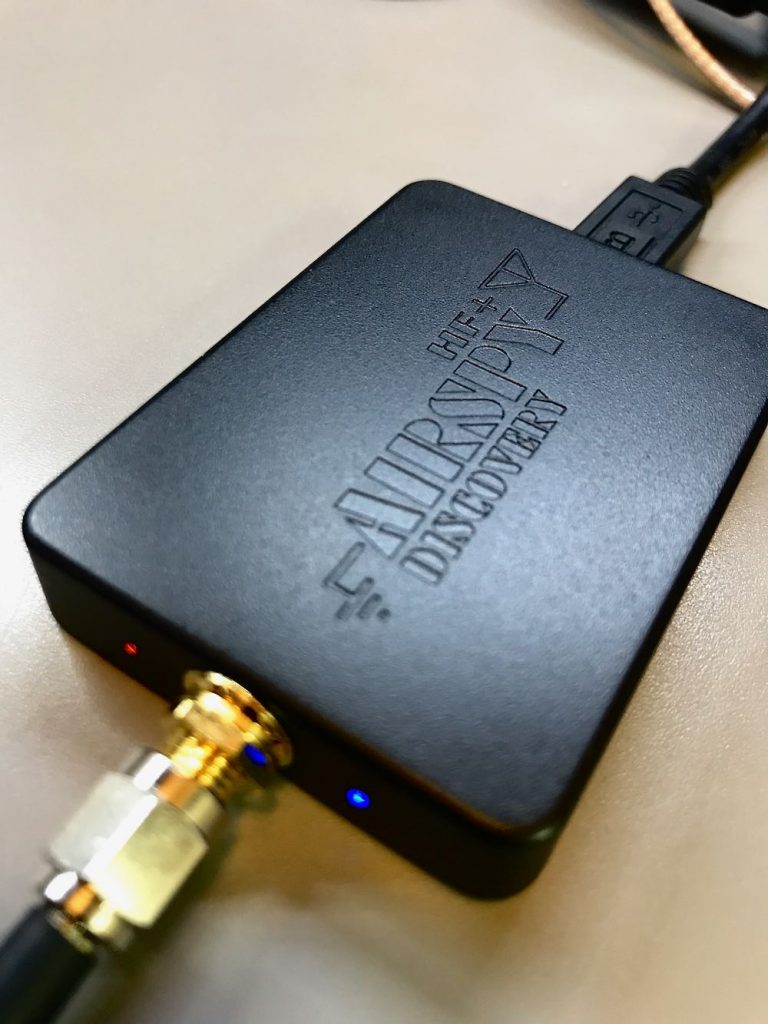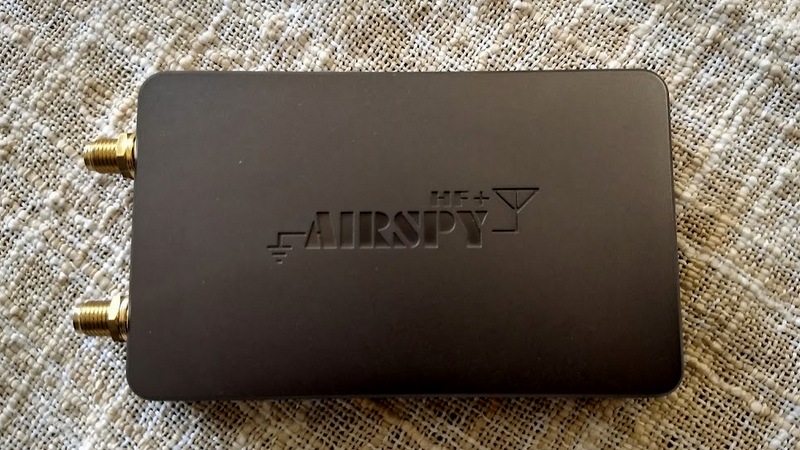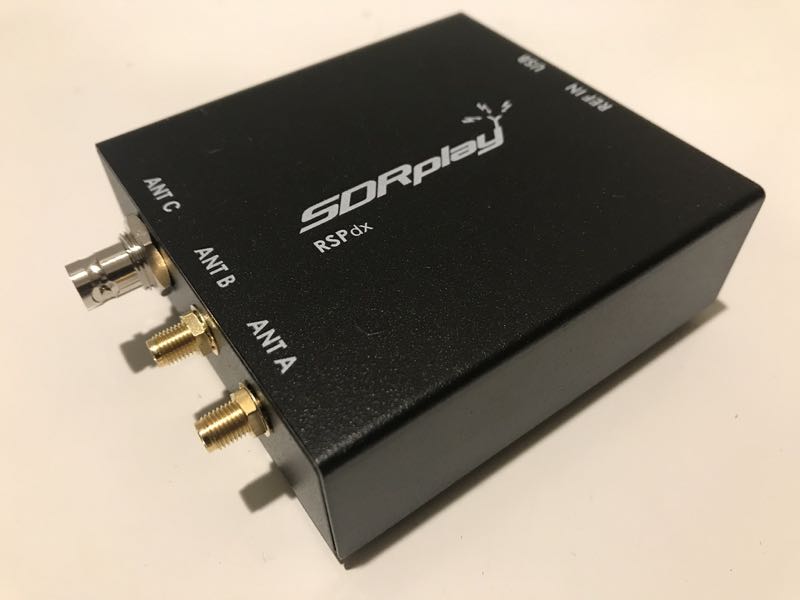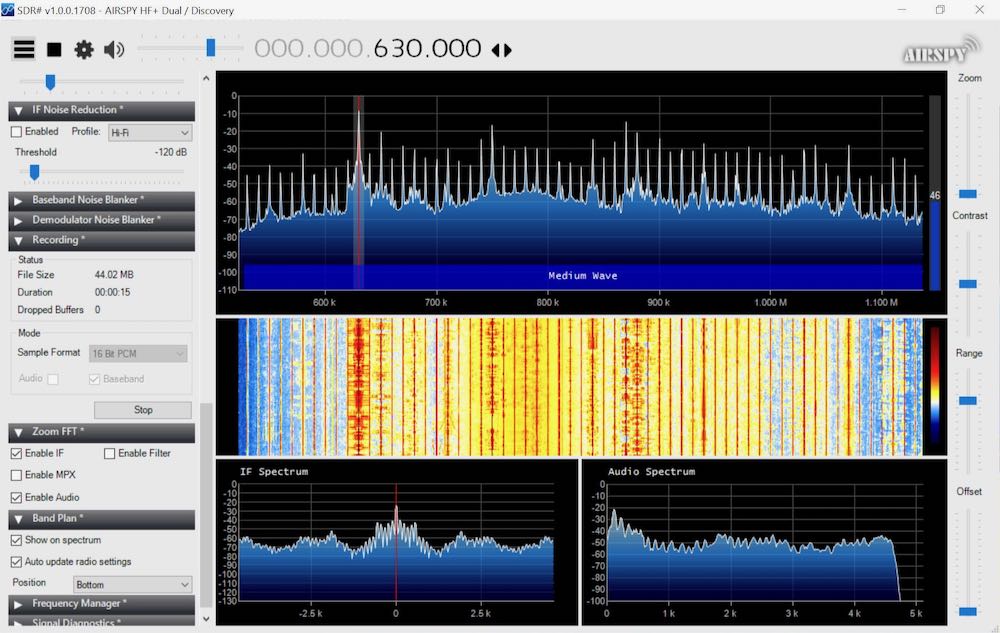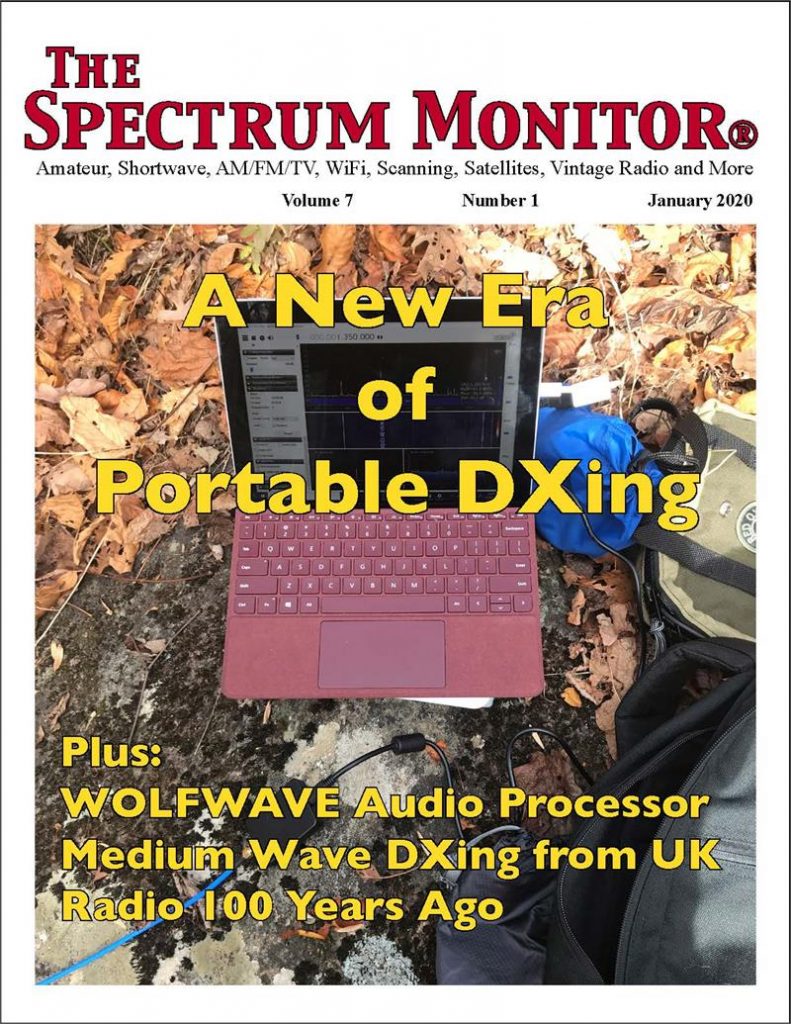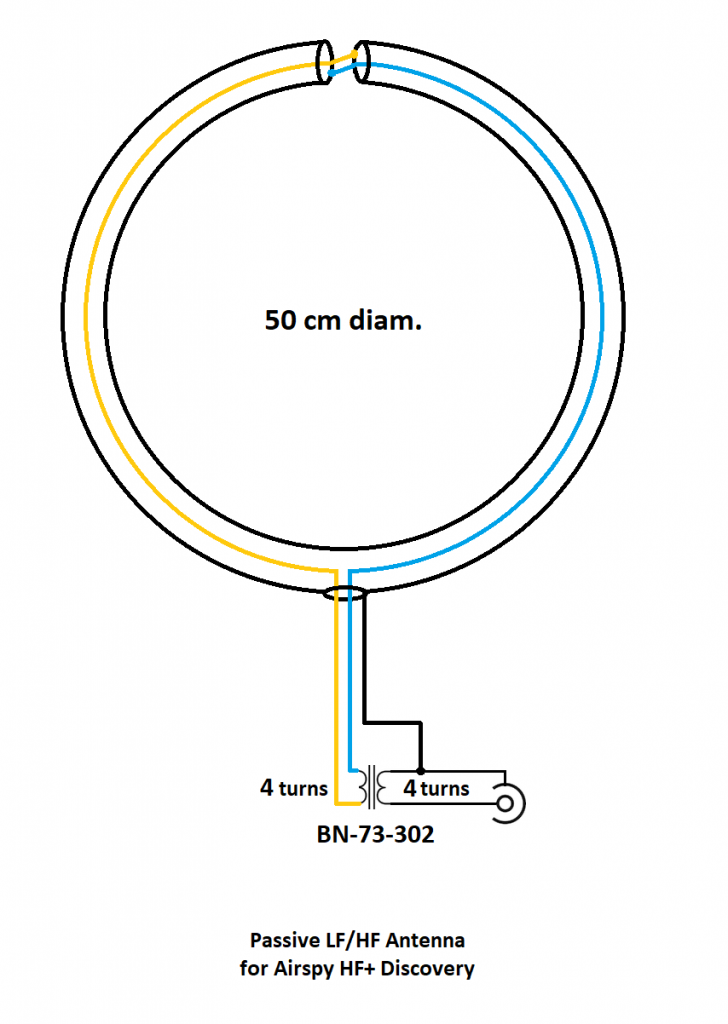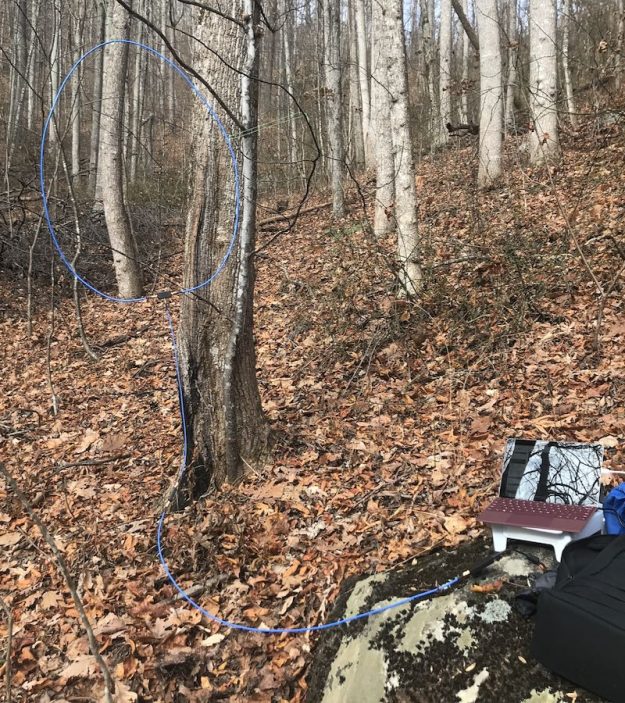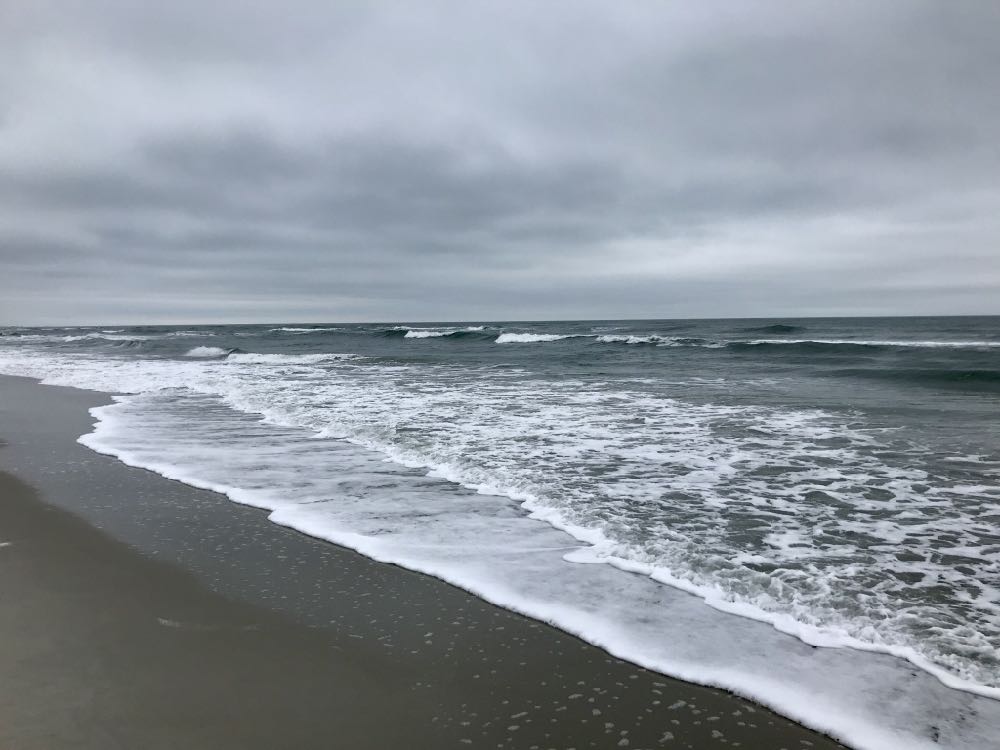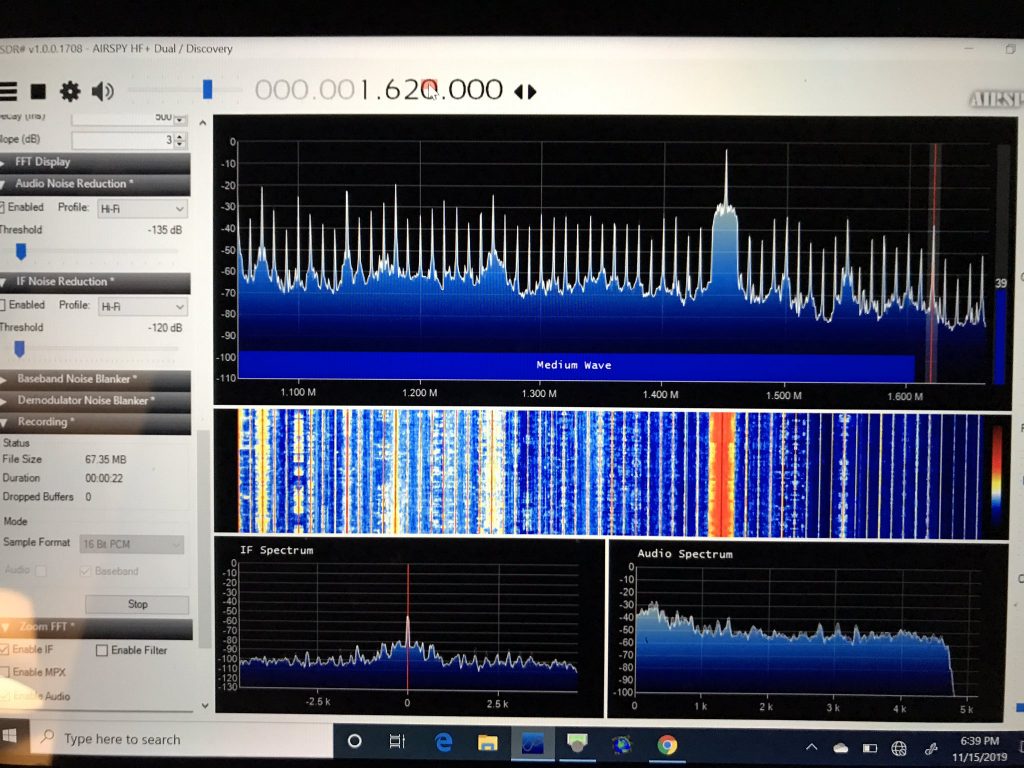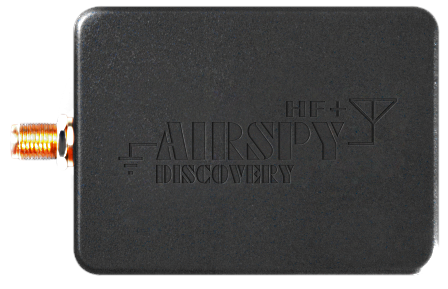Many thanks to SWLing Post contributor, TomL, who shares the following guest post:
YouLoop Picnic Table Report
by TomL
So, I finally got around to testing my Airspy YouLoop after the long shipping delay from China. It is simple in concept and will not repeat what others have written about it in previous articles. I find it a useful loop antenna for portable operations and sometimes for noisy home use. This report is focused on my usual field location from a Northern Illinois county park picnic table.
Setup
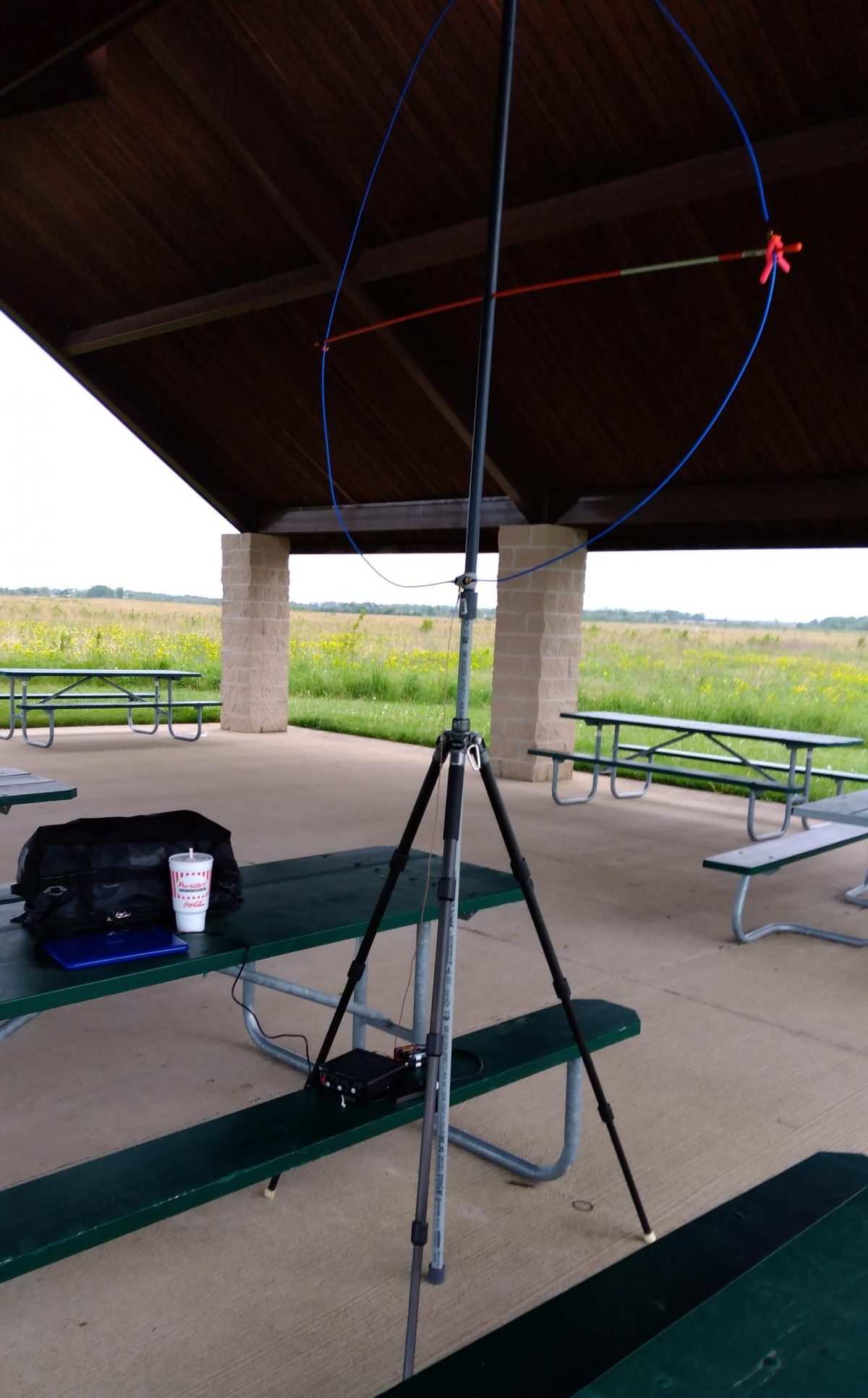 As you can see from the setup photo, it all fits into a backpack except for the two PVC pipes and crossbar which are easy carried. I modified my YouLoop to use the 2 meter transmission line as one half of the loop. The other half consists of the two shorter wires connected with a simple female-to-female SMA connector. This doubles the circumference of the loop and gives it a bigger capture area.
As you can see from the setup photo, it all fits into a backpack except for the two PVC pipes and crossbar which are easy carried. I modified my YouLoop to use the 2 meter transmission line as one half of the loop. The other half consists of the two shorter wires connected with a simple female-to-female SMA connector. This doubles the circumference of the loop and gives it a bigger capture area.
Crossbar
Because my setup is bigger than usual, I had to find a lightweight cross member to aid the solid conductor wire from sagging. I found just the thing in a larger-than-normal 6 foot fiberglass driveway snow marking stick sold at the local hardware store. I cut the tip off to make it 5 feet (Because, the loop as I configured it is 4 meters circumference, so, 4*39.37/Pi = Diameter in inches). I then drilled a 5/16th’s inch hole through the middle of the ¾ inch PVC threaded pipe I had from a previous project and fit the fiberglass stick through it as the crossbar. This is a special PVC 4 foot nipple pipe I had special ordered a long time ago when mounting a previous (heavy) Ferrite-Sleeve loop antenna.
Loop Mounting
Screwed onto both ends of the 4 foot nipple are threaded-to-coupler adapters also found at the hardware store. The adapter allows me to attach easily to the ¾ inch 5 foot long PVC pipe held by my trusty carbon fiber tripod below. This 5 foot pipe is held loosely by the tripod so I can grab the pipe and turn the whole loop mounted above. The result is not perfectly circular and there is room for improvement. I find it to be highly directional nonetheless and easy to turn. The phasing connector of the YouLoop mounts at the top and for now I am just using two medium sized cable ties to a long screw near the top for tension. I do not want to glue the connector to the top since this YouLoop may get used in other configurations in the future.
The Bottom connector for the radio input is held nicely with a couple of velcro wraps.
The wire from there goes to the usual setup of Palstar amplified preselector with battery pack and Airspy HF+, which goes into the USB port on the small Dell laptop. After some initial problems with a non-functioning HF+ and rebooting a few times, I was finally able to get a signal. At first I thought it was the antenna but the error condition acted the same way whether the antenna was connected or not. It could be that my HF+ is starting to exhibit the first signs of failure, which I have read about from complaints on the internet about the reliability of SDR’s used in the field. I may have to bring along my SDRPlay SDR2 just in case! In other words, don’t depend on computer hardware and software to work (especially if you happen to go on vacation and have no backup radio!!). I also have a couple of portable non-SDR radios I could bring with me as well. Enough said.
Using It
The screen of the laptop shows a very nice black background, very quiet, and a moderate signal level of WRMI on the 31 meter band. I did not have the time or processing power for real Data captures, so all I have to share are less optimal MP3 files. The signal level is somewhat low. I think this is typical for a single-wire loop antenna and seems adequate. I did have to crank my Palstar preamp to maximum the whole time while on shortwave (my Wellbrook amp would probably work slightly better). On mediumwave, the gain seemed more than adequate (I don’t have any recordings of that band at this time, maybe a future article).
Directionality is very good and usable across a very wide range of frequencies! It certainly worked well up to the 25 meter band where I started to notice a drop off of nulling ability. And this is good despite my lack of perfect circular mounting of the wire. Even though my county park is a “Forest Preserve” and not meant to have any development, there is increasing noise in the neighborhood and I find the loop to be very useful in cleaning up some background noise (as well as noise coming from the laptop!). This is especially seen with the Voice of Iran broadcast in French. The weak signal was aided by moving the loop to balance the signal level to local noise.
The loop is a bit flimsy using it this large. Keeping the connectors tight may be a problem in the future if subject to a lot of wind. I think you will find the smaller (usual) setup in the instructions to be less of a problem. My plastic clips at the sides of the crossbar and the plastic tie downs at the top are not optimal and will need something better (in other words, it would help if I had a better mounting for the wires). Also, the tripod definitely wanted to tip over as a storm blew past, so I need to make sure I tie down one or more legs to the picnic table in the future!!
Final Thoughts
In summary, this is a very useful loop for portable operations since it fits easily into a backpack. Mounting it in a repeatable manner will need some experimentation. Performance is good with usable nulling at a wide range of frequencies. Signal strength is moderate, so a good preamp is necessary in order to boost the signal into the sweet spot of your receiver RF stage. Parts quality is good, but the wire is thin solid conductor, so do not kink/fold it!. The connectors and housing for the phase change and balun are very small, with non-waterproof plastic housings that can be easily abused, so take care of them. The whole kit is small to pack and lends itself to experimentation. Highly recommended given its limitations.
Furthermore, I feel my old, original 14-inch “crossed-parallel loop” did as good a job as this larger diameter YouLoop. I wonder how the YouLoop can be modified to create a larger gain using, say, two or more wires in parallel (perhaps a future article!)? Generally, the deeper the loop design, the higher the gain. The YouLoop potentially could be a better performing, more portable version if I can replicate using more turns of wire. Although it is in disrepair now, pictures of my old 14-inch loop are found here, and also here.
Sample Recordings
Here are a bunch of sample recordings to enjoy, some of which are unique to shortwave radio and found no where else:
9830 kHz, Voice of Turkey
10000 kHz, WWV
9395 kHz, WRMI
9420 kHz, Voice of Greece
11760 kHz, Radio Habana Cuba
11780 kHz, Radio Nacional Brazilia
11940 kHz, Radio Nationale Espana
7193 kHz, W3M – special Amateur Radio event to celebrate the birthplace of Memorial Day (Boalsburg, Pennsylvania)
7230 kHz, Voice of Iran (French)
7315 kHz, Voice of Vietnam, from WHRI-1 transmitter
7350 kHz, Radio China International, in English from Kashi PRC
7375 kHz, Radio Romania booming in from Romania
7490 kHz, WBCQ (Spanish) from Monticello ME (guide says only 50 kw but sounded more than that)
6180 kHz, Radio Nacional Brazilia
6070 kHz, CFRX Toronto – discussion about some people with ashes of relatives in the home
6115 kHz, WWCR Nashville TN – discussion about Jesus saving a young woman from Satanic ritual abuse as a child
5850 kHz, Radio Slovakia International from WRMI booming in as usual
73’s & Happy Listening,
TomL
Thank you, Tom, for sharing your field-portable SDR setup! I like how you’ve made an inexpensive and packable support system for the larger diameter YouLoop. While I’ve yet to design a similar system around the YouLoop, I really should. I’ve always believed that for both SWL and ham radio field-portable operations, a self-supporting antenna system is a must as it gives you ultimate flexibility to cope with variable site conditions.
Click here to check out Tom’s previous guest posts and portable adventures!

